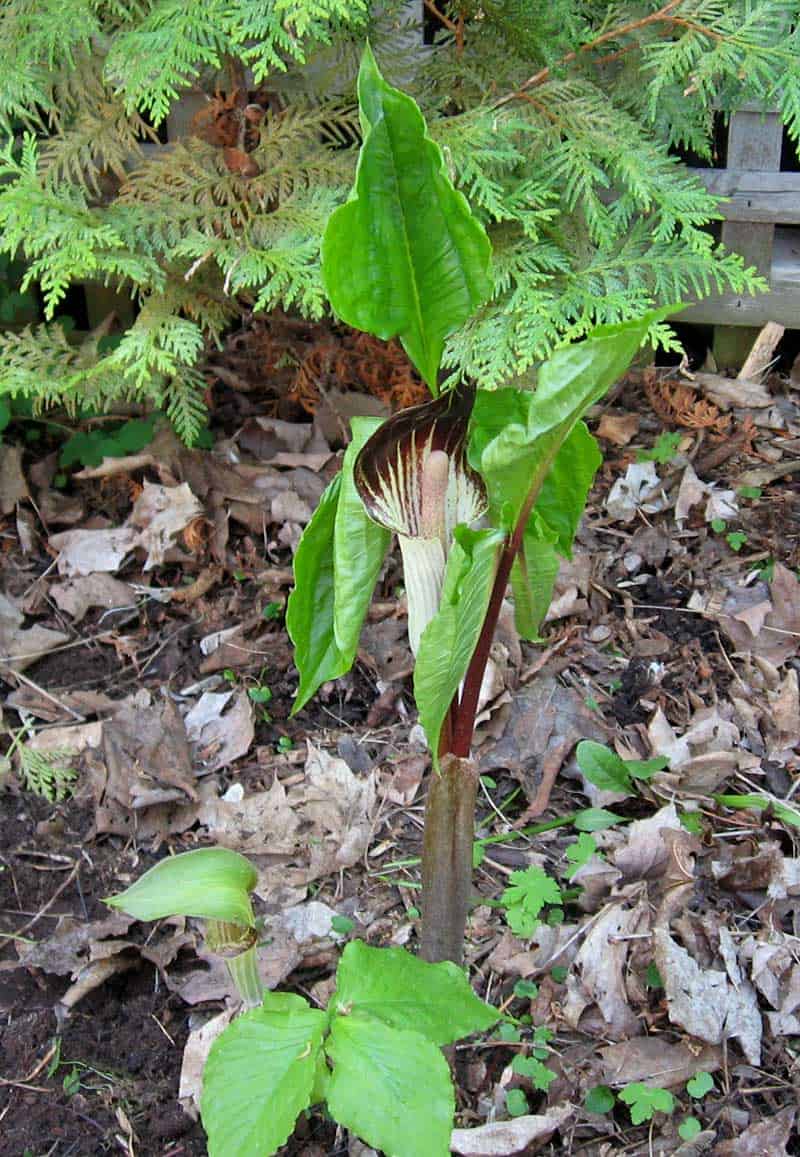
Jack-in-the-pulpits
On every kid’s list of favourite plants is our quirky Jack-in-the-pulpit with its green, red or purple spadices (the Jacks) and hooded green-, red- or almost black-striped spathes (the pulpits). Native from Nova Scotia to Manitoba, easy-to-grow Jack-in-the-pulpits (Arisaema triphyllum, Zone 3) sprout from bulbous tubers (or “modified stems”) and grow 18 inches (45 cm) tall by eight inches (20 cm) wide. Essentially a plant of deciduous woodlands, they prefer part to full shade in evenly moist soil that’s rich in leaf mould and organic matter.
I started out with two or three nursery-grown specimens which have since increased to the extent that I now have several dozen plants of varying ages. Jack-in-the-pulpits spread vegetatively via slow-growing underground stolons (or “runners”) as well as from seed. Fertilized “Jacks” produce spikes of bright red berries in late summer, with each berry containing up to five seeds. Seedlings typically take about four years to reach flowering size, and young specimens only bear male flowers on their spadices; older plants bear both male and female flowers, and flies are the principal pollinators of these curiously shaped blooms.
Most botanists classify A. triphyllum as a single species with three varieties (or subspecies), but it isn’t closely related to Canada’s only other native Arisaema, sun-loving dragon root (A. dracontium, Zone 4), indigenous to Quebec and Ontario. The other 150 or so species of Arisaema are native to Asia, and although many make excellent garden plants, none are likely to proliferate as readily in your Canada 150 garden as our homegrown Jack-in-the-pulpit.
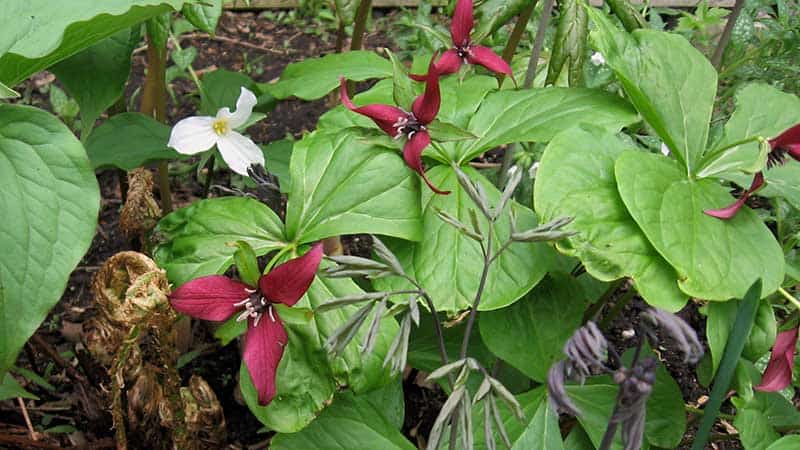
Trilliums
The floral emblem of Ontario since 1937, the great white trillium (Trillium grandiflorum, Zone 3) needs no introduction — indeed 100 years ago, it almost beat out the maple leaf as our national emblem. Native to Nova Scotia, Quebec and Ontario, it enjoys the same deciduous woodland conditions as do Jack-in-the-pulpits.
In addition to T. grandiflorum, I grow two other native species in my shady, north-facing front garden: The purple trillium (T. erectum, Zone 4) and the toadshade trillium (T. sessile, Zone 4) with its intricately marbled leaves and maroon flowers. All three species have multiplied slowly but surely in my humus-rich soil together with the help of local ants that drag the seeds back to their nests in order to devour the oil-rich elaiosome bait that’s attached to every trillium seed. Most trilliums live for at least 30 years, but they may take up to seven years to flower from seed.
I grow my trilliums in a mix of like-minded native plants including hepatica (Hepatica nobilis var. acuta, Zone 4), blue cohosh (Caulophyllum thalictroides, Zone 3) and mayapples (Podophyllum peltatum, Zone 4) above an understory of ground-hugging wild ginger (Asarum canadense, Zone 2). After these flowers have finished blooming, the fronds of our indigenous evergreen Christmas fern (Polystichum acrostichoides, Zone 3) fill in the gaps nicely.
Much has been made about wildflowers such as trilliums being pilfered from their natural habitats only to be sold to unsuspecting gardeners by unscrupulous retailers, but this dodgy practice is mercifully rare. Plants that are culled from the wild rarely thrive in average garden conditions, so it’s in the best interests of retailers to concentrate their efforts on producing nursery-grown stock that will transplant easily.
Many Canadians assume that it’s illegal to pick or transplant great white trilliums from the wild, and while I’m reluctant to dispel the myth, in Ontario there is no specific law against harvesting T. grandiflorum beyond various restrictions that protect native wildflowers in general. In Quebec, the great white trillium is ranked as “vulnerable” and is protected from unauthorized collection, while in British Columbia it’s illegal to pick the western white trillium (T. ovatum). The extremely rare drooping trillium (T. flexipes) is protected from picking or harvesting in Ontario. General rule of thumb: Legal issues aside, avoid disturbing wild trilliums. Period.
Most authorities agree that the greatest threat to our native trillium populations don’t originate with horticulturally acquisitive humans, but from hungry white-tailed deer. Despite being mildly toxic (like most flowering plants), deer adore munching on young trillium shoots. And with few natural predators left in Ontario, it appears that Bambi and his buddies may eventually eat the salad bar bare.


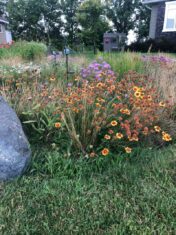
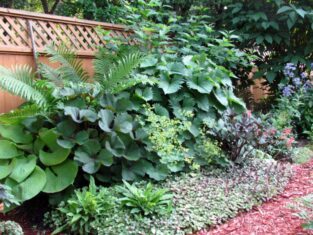
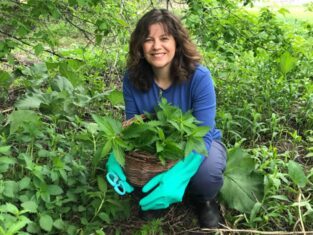
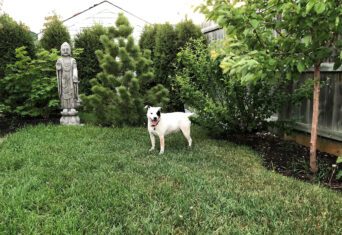
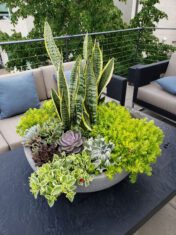
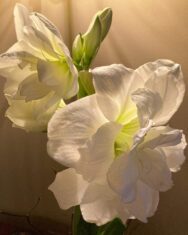

I love jack-in-the-pulpits and trilliums, along with other woodland plants. I am trying to establish a woodlands garden in my very shady zone 3 garden that faces the Assiniboine River in Winnipeg. I have several wild ginger, lots of meadowrue, a couple of bunchberry, geraniums… I have successfully grown many zone 4 plants, and some gardeners claim that, with climate change, we are closer to a zone 4 now.
I have found a great Canadian source for these plants (they also sell hepaticas, hellebores, epimedium, dog’s tooth violet etc.) in Salt Spring Island (see website below). Unfortunately, the bulbs they sell of the arisaema and trilliums and all the other bulbs don’t list the zone ranges. In my online research, I have found huge variances in what sites say are the minimum zone ranges for trilliums. For instance, for Trillium ovatum, some sites give a minimum zone of 4, some say 5, some sites say 6! I am particularly interested in the Trillium cuneatum with its gorgeous mottled leaves. But again, some sites say I need at least a zone 5 to grow them. What are your expert opinions? Thanks!
I’m fortunate to have a ravine in our backyard.
I was thrilled our first spring here to discover hundreds of trout lilies, small patch of white trillium and….lots of Jack in the
pulpits!
Georgina,Ontario
Thank you for your informative article, I have white trilliums in my small Toronto garden amongst ferns about 12~15 years, every spring my son and I eagerly await for blossoms, we love and adore our trilliums! Could you please tell me where can l buy jack of pulpit? Is there a nursery who specializes in native plants?
Thank you.
Hi Rean,
I think that both nativeplants.ca (in Claremont) and stwilliamsnursery.com (St Williams) carry Jack-in-the-pulpit (Arisaema triphyllum). Good luck with the Jacks!
I live in Winnipeg (Zone 2/b -3) and I grow Jack-in the-Pulpit in my damp shade bed. It was given to me as a single stem by the late Lois Hole when I visited her nursery in St. Albert years ago. It has multiplied over the years, and at last count there were about 5 Jacks in the clump. It’s not invasive, and I love the foliage. But most of all, it reminds me of her.
What a lovely plant legacy from a truly great gardener. Look after those precious Jacks!
I live in Northern Ontario, Zone 3, and grow 4 types of Trilliums, the white, the red, the yellow and the nodding trillium (sorry I am botanically illiterate) under a tree canopy in 2 artificially created woodland gardens. After 5 years of enjoying these beautiful flowers grace my Spring garden I would say another key to a successful trillium garden, besides the organic matter, is patience. For me they were slow to flower, most took 2-3 years. But now after 5 seasons I can safely assert they have come into their own in both size and bloom. The one surprise I have learned from the great white trillium is that it fades to a lovely pink, so it’s like having two for the price of one.
One of the gardens that I had was host to 101 native species. We
even had a green dragon. I wept when the new owner of the property
grassed in the acreage including our woodland, prairie, bog and swamp.
We then established another native garden but being a full sun sandy location
it was not as accepting of early wood ephemerals. We have moved yet again and
I am in the middle of bringing native flora to this small garden.
It’s wonderful to hear from you Pamela! I sympathise with you 100% over the loss of your original native garden: My former (marvellously diverse–if I do say so myself) garden in Toronto has been reduced to just two trees that I planted myself (Magnolia x loebneri ‘Merrill’). Happily they are thriving, and I do visit them occasionally. I’ve no doubt that your current garden will be as beautiful as your last, albeit on a smaller canvas.
For the two or three readers who may not already be acquainted with Pamela Meacher’s work, she is an extraordinarily gifted botanical artist: You can discover and enjoy her art at pamelameacher.com